Newton’s third law of motion states that whenever one object exerts a force on a second object, the second object exerts an equal and opposite force on the first object. In other words, every action force has a corresponding reaction force of the same magnitude but in the opposite direction. It is important to note that these forces act on different objects, highlighting the reciprocal nature of the interaction. This principle demonstrates the conservation of momentum and provides insights into the fundamental symmetry of forces in nature.
Examples
Swimming
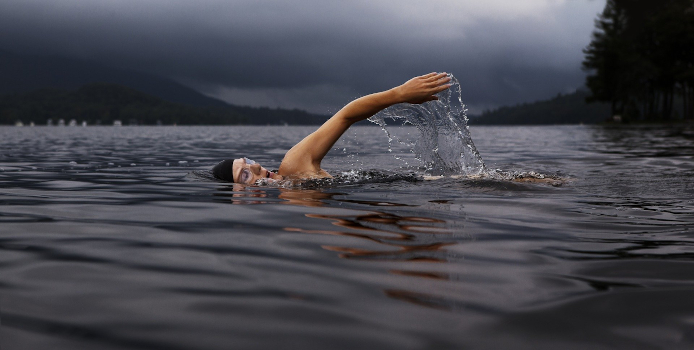
Newton’s third law can be observed when swimmers are in a river. As swimmers push the water backward with their hands, exerting an action force, they experience an equal and opposite reaction force from the water, pushing them forward. This exemplifies Newton’s third law, which states that every action force has an equal and opposite reaction force.
Bird

When observing a flying bird, Newton’s third law of motion becomes evident. The bird’s wings generate an action force by pushing the air downwards, which results in an equal and opposite reaction force exerted by the air on the wings in an upward direction. This reciprocal interaction showcases the fundamental principle of Newton’s third law: for every action force, there is an equal and opposite reaction force.
Jumping
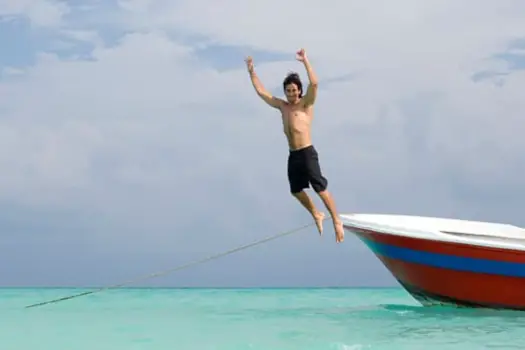
Newton’s third law of motion is evident when observing an individual jumping off a boat. As the individual propels themselves off the boat, their leg exerts a force that pushes the boat backward, and in response, the boat exerts an equal and opposite reaction force on the individual’s leg, propelling them forward. This reciprocal interaction showcases how Newton’s third law dictates that every action force has an equal and opposite reaction force.
Walking
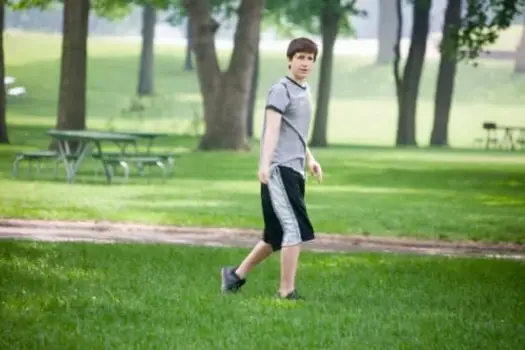
Newton’s third law of motion is observed when an individual walks on the ground. During walking, the legs exert a force that pushes the ground backward, representing the action force. In response, the ground exerts an equal and opposite reaction force on the legs. This interaction exemplifies Newton’s third law, which states that for every action force, there exists an equal and opposite reaction force.
Rocket
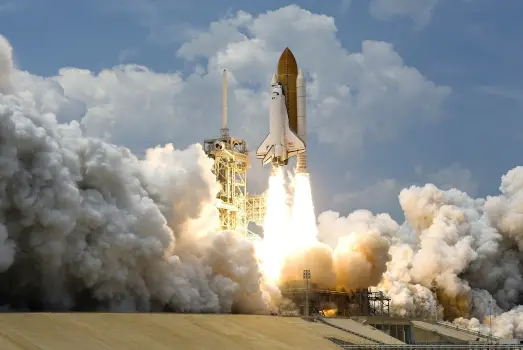
Newton’s third law, which states that every action force has an equal and opposite reaction force, is evident during a rocket launch. When a rocket takes off from the ground, the action force is exerted by the rocket engines expelling exhaust gases, propelling the rocket forward. Simultaneously, an equal and opposite reaction force is exerted by the expulsion of these gases in the opposite direction, allowing the rocket to overcome the force of gravity and ascend into space. This interaction between the rocket and the expelled gases exemplifies Newton’s third law, demonstrating the equal and opposite nature of forces in action.
Cannon
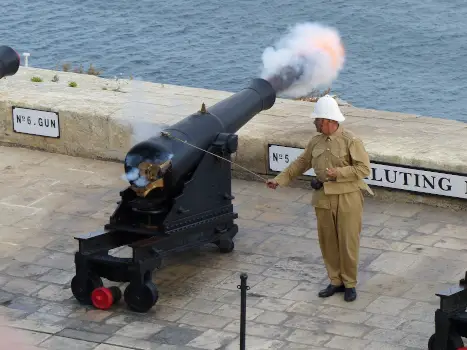
Newton’s third law can be seen in action when a cannon fires a cannonball. According to the third law of motion, every action force has an equal and opposite reaction force. In this case, the action force is exerted by the expanding gases in the cannon chamber, propelling the cannonball forward. Simultaneously, the cannonball exerts an equal and opposite reaction force on the gases, pushing them backward. This interaction between the cannon and the cannonball demonstrates the application of Newton’s third law, where forces always occur in pairs with equal magnitudes and opposite directions.
Fish

Newton’s third law is understood when observing fish swimming in water, as it states that every action force has an equal and opposite reaction force. In the case of fish swimming, the fish exerts a force on the water by flapping its fins or wings backward, creating an action force. Simultaneously, the water exerts an equal and opposite reaction force on the fish’s fins or wings, propelling the fish forward. This interaction between the fish and the water exemplifies the fundamental principle of Newton’s third law, where forces act in pairs with equal magnitudes and opposite directions.
Spring

Newton’s third law can be seen in action when a spring is pressed with a hand. This fundamental law states that every action force has an equal and opposite reaction force. When a hand exerts a force to compress the spring inward, an action force is applied. Simultaneously, the spring exerts an equal and opposite reaction force, pushing outward. This interaction between the hand and the spring exemplifies Newton’s third law, where forces always occur in pairs with equal magnitudes and opposite directions.
Boxing
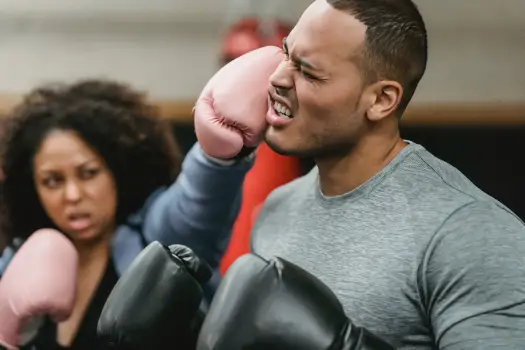
In boxing, Newton’s third law is evident as every action force generates an equal and opposite reaction force. When a boxer delivers a punch to their opponent’s face, the force exerted by the boxer’s fist acts as the action force, resulting in an equal and opposite reaction force exerted by the opponent’s face on the boxer’s fist. This interaction showcases the fundamental principle of Newton’s third law, illustrating how forces occur in pairs with equal magnitudes but opposite directions.
Boat

While rowing a boat, Newton’s third law comes into play, stating that every action force has an equal and opposite reaction force. In this case, as the oar pushes against the water, it exerts an action force, propelling the boat forward. Simultaneously, the water exerts an equal and opposite reaction force on the oar, pushing it in the opposite direction. This interaction between the boat and the water exemplifies the fundamental principle of Newton’s third law, where forces are always paired, equal in magnitude, and opposite in direction.
Ball

Newton’s third law is demonstrated when a ball bounces on the floor. During the bounce, the ball exerts a downward action force on the floor, and in response, the floor exerts an equal and opposite reaction force on the ball, propelling it upward. This interaction showcases the essence of Newton’s third law, which states that for every action force, there is an equal and opposite reaction force.
Gun
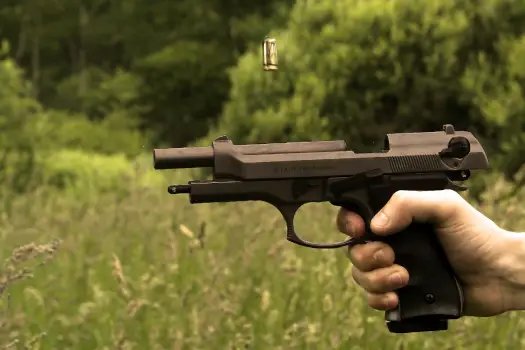
Newton’s third law is demonstrated when a gun fires a bullet. During the firing process, the expanding gases from the ignited gunpowder exert a forward action force on the bullet, propelling it out of the barrel. Simultaneously, the bullet exerts an equal and opposite reaction force on the gun in accordance with Newton’s third law. This interaction of forces exemplifies the fundamental concept that every action force has an equal and opposite reaction force.
Pushing
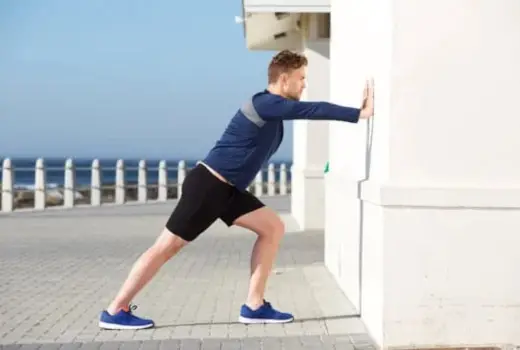
Newton’s third law is demonstrated when pushing against a wall. When a force is exerted on the wall, such as by pushing with the hands, it acts as an action force, pushing the wall inward. Simultaneously, the wall exerts an equal and opposite reaction force, pushing back against the applied force. This interaction between the action force and the reaction force from the wall exemplifies the fundamental principle of Newton’s third law, where every action force has an equal and opposite reaction force.
Related
- Newton’s first law examples
- Newton’s second law examples
- Newton’s third law examples
Image credit
- The stock photos used in this post are sourced from platforms like Pexels, Pixabay, Canva, etc. Due to the age of the images, their specific origins remain unknown.
External links
- Newton’s Third Law of Motion – The Physics Classroom
- What is Newton’s third law? (article) – Khan Academy
- Newton’s third law – Examples – Mammoth Memory
- Newton’s Laws of Motion – NASA (.gov)
- 4.4 Newton’s Third Law of Motion – Physics – OpenStax
- Newton’s laws of motion | Definition, Examples, & History – Britannica
- Science in Action: Newton’s Third Law of Motion – Space Center Houston
- What Is Newton’s Third Law? – Lesson – Teach Engineering
- A Closer Look at Newton’s Third Law – Wired
- Newton’s laws of motion – Wikipedia
- 5.11: Newton’s Third Law: Examples – Physics – Journal of Visualized Experiments
- Newton’s Laws of Motion: Newton’s Third Law – GCF Global
- 5.5 Newton’s Third Law – University Physics Volume 1 – UCF Pressbooks
- Newton’s Laws of Motion with Examples – Smore Science Magazine
- Newton’s Third Law of Motion | Definition, Application & Examples – Video & Lesson Transcript – Study.com
- Newton’s Third Law – CK-12
- Newton’s Third Law: Statement, Examples, and Equation – Science Facts
- Newton’s Third Law of Motion – AK Lectures
- Newton’s 3rd law – University of Tennessee, Knoxville
- What are some examples of Newton’s third law? – Socratic
- Newton’s Third Law of Motion: Action Reaction Pairs – StickMan Physics
- What are some examples of the third law of motion? – Quora
- Newton’s Third Law: Definition & Examples, Equation – Vaia
- Equal & Opposite Reactions: Newton’s Third Law of Motion – Live Science
- Newton’s Third Law: Action and Reaction – Dummies
- Give Some Examples of Newton’s Third Law – Bartleby
Deep
Learnool.com was founded by Deep Rana, who is a mechanical engineer by profession and a blogger by passion. He has a good conceptual knowledge on different educational topics and he provides the same on this website. He loves to learn something new everyday and believes that the best utilization of free time is developing a new skill.
